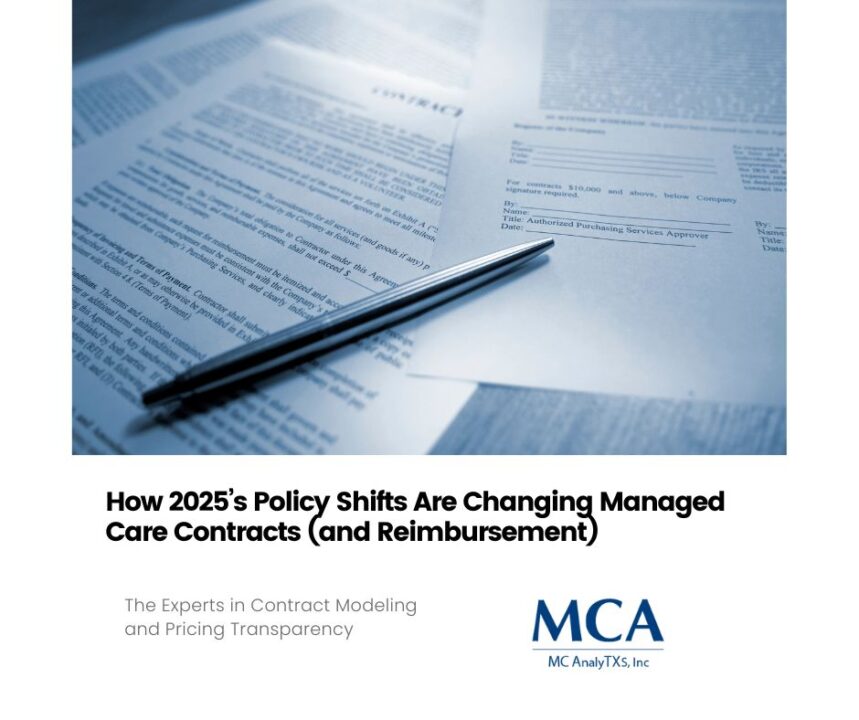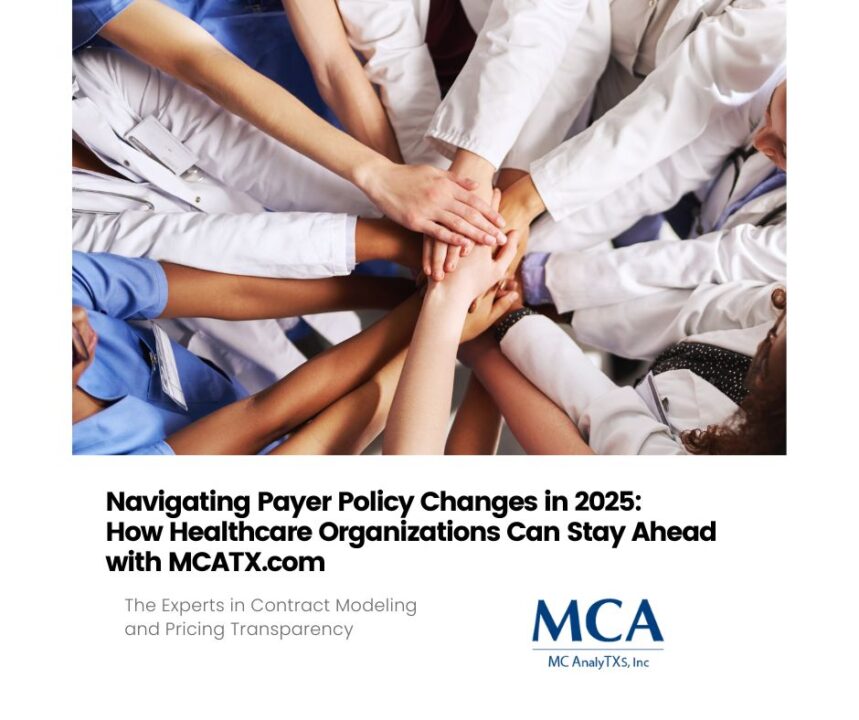
The Power of an Effective RCM Strategy: How to Avoid Unnecessary Costs and Increase Yield
December 20, 2023
A new era of billing efficiency: How providers can meet patients’ demands
December 27, 2023In today’s healthcare landscape, transparency is demanded by both consumers and regulatory agencies. Recently, hospitals across the country have been facing scrutiny for their lack of price transparency, with nearly 20% receiving warnings for violating regulations. As a CFO, Revenue Cycle Director, or Managed Care Director, it’s essential to understand the impact that these violations can have on your organization.
Understanding what price transparency regulations entail: The regulations surrounding price transparency vary by state and payer. For instance, CMS requires all hospitals to make their pricing information available to the public while some states mandate that hospitals release prices for their top charge codes. Understanding the specific regulations for your state and insurers is essential to avoid violations. In addition, identifying the root cause of past violations can help you implement corrective measures to ensure compliance moving forward.
The risks of violating price transparency regulations: Hospitals found to be in violation of price transparency regulations face a variety of consequences that can have a detrimental impact on the organization’s finances. Potential financial penalties exist, along with possible damage to the organization’s reputation. CMS and other payers have the authority to block the issuance of new provider numbers, access to government programs, and revocation of Medicare certifications, among other consequences.
The impact on patient satisfaction: Today’s patients demand transparency and empowerment in their healthcare journey. Insufficient transparency with pricing can leave patients feeling frustrated, uninformed, and doubting trust with their healthcare provider. This can ultimately impact patient satisfaction scores, leading to lower reimbursements.
Making transparency a priority: To avoid violating price transparency regulations, hospitals must make transparency a priority. A centralized system that provides access to standardized pricing and billing information, as well as clear explanations, can eliminate confusion and potential violations. Encouraging a culture of transparency and educating staff on regulatory requirements can also enhance compliance and help organizations avoid costly violations.
The benefits of transparency: Despite the challenges, there are many benefits to fostering transparency in your organization. Providing pricing upfront can increase patient satisfaction, encourage patient loyalty, and improve patient retention. Transparent pricing can also help prevent out-of-network surprises and reduce the number of denied claims, leading to fewer payment delays and improved cash flow.
Conclusion:
Transparency is a crucial aspect of today’s healthcare industry, and hospitals that fail to meet regulatory requirements face significant financial and operational ramifications. Understanding the regulations, risks, and consequences of violating price transparency can help your organization implement corrective measures to ensure compliance. By prioritizing transparency and educating your staff, you can enhance your organization’s reputation, encourage patient satisfaction and retention, and improve overall financial performance.
To learn more join our upcoming webinar Thursday, January 18th at 1 pm CST.





